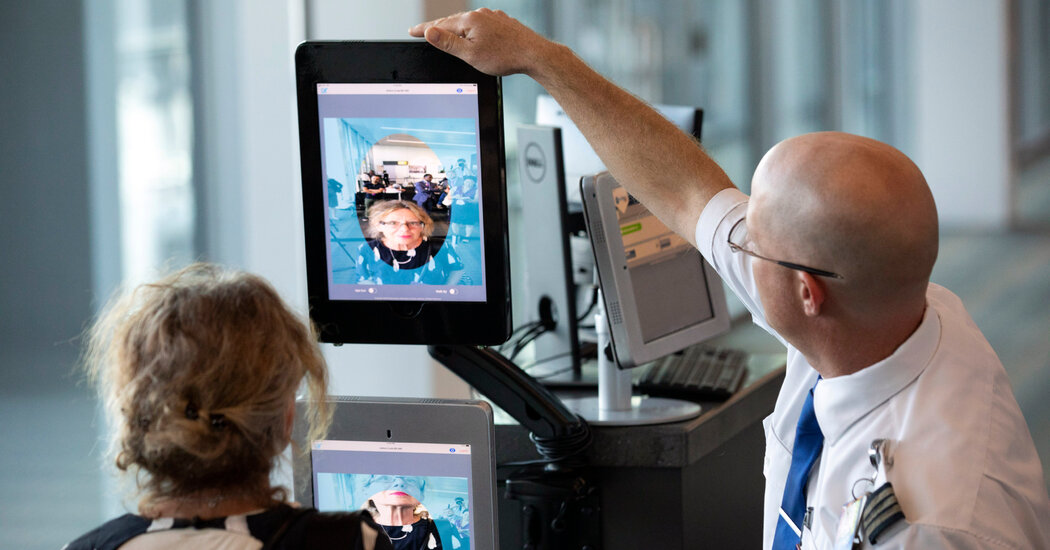How many impostors has the technology identified?
Since its introduction, in about the first three years, mainly in the air passenger environment and somewhat in the marine industry, we have identified about 300 impostors using the technology. That doesn’t mean we wouldn’t have identified them otherwise. In the past year, at pedestrian crossings on the southern land border, it caught about 1,000 to 1,100.
Critics fear digital systems will be used for surveillance. How do you ensure privacy?
Our business use case is to identify individuals at a time and place where they would normally expect to present themselves for identity verification. We don’t grab images and scrape social media. Individuals present a passport and we have a repository to tap and build galleries prior to their arrival using US passport photos and photos of those who have applied for visas. So we build these galleries in the airport and marine environments based on information already provided for identity verification. We match it with the information we have.
And we provide secure encryption. When a gallery is created, that photo is not associated with any information and cannot be modified to be compromised. The design is based on the privacy measures we knew should be in place. Images for US citizens are kept for less than 12 hours and often much less.
How do you deal with the threat of unconscious programming bias that could lead to higher error rates for some groups, including people of color?
That’s definitely something we’re very attuned to. We are working with the National Institute of Standards and Technology to provide information about the program. Our high-performing algorithms show virtually no demonstrable difference when it comes to demographics.
How are travelers informed that they can opt out?
We will place signage at all entrance gates. Individuals who opt out must notify the official upon inspection. It would then revert to the manual process.
Is the technology present at all border checkpoints?
We rolled it out in footpaths at land borders. In the air, we cover about 99 percent with simplified arrival. The land border is the last border. We have just completed a 120-day trial on the highways of Hidalgo, Texas, and we will evaluate the result. At cruise terminals, we’re in the 90 percent range. We work with nine major airlines in eight ports of arrival, including Miami, Port Canaveral and Port Everglades, all in Florida.
How do you address biometric skeptics?
We welcome control of privacy interest groups. We want to be able to tell and share the story about the investment we have made in the field of privacy. There are so many myths and so much misinformation that confuse what we do with surveillance. Whenever new technology is rolled out, there are always legitimate concerns. We welcome those questions. They help us to respond better as we build out these systems.
Elaine Glusac writes the Frugal Traveler column. Follow her on Instagram @eglusac†

